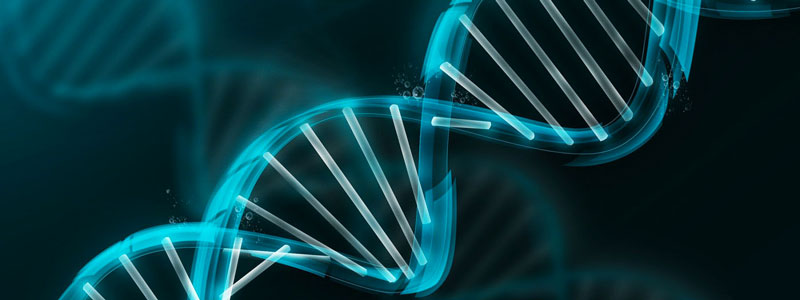AP-HP teams just highlighted the first gene causing a defect in the development of the main brain structure responsible for communication between the two hemispheres of the brain. This work led by Christel Depienne, researcher in the Institut du Cerveau – ICM team “Molecular bases, physiopathology and treatment of neurodegenerative diseases”, at the AP-HP Pitié-Salpêtrière hospital, in collaboration with teams from the AP-HP Trousseau hospital, the University of Strasbourg and Australian researchers, are published in the journal Nature Genetics on the 27th February 2017.
The two cerebral hemispheres are linked together and communicate through the corpus callosum, a kind of bridge that enables information to pass and participates in the memory and learning processes in particular. Some people may be born without a corpus callosum; this is called agenesis of the corpus callosum and affects one in every 4,000 newborns. This is the most frequent viable cerebral anomaly.
This cerebral development disorder may be associated with intellectual disability with varying degrees of severity, or manifest almost no symptoms. The detection of this malformation is most often performed during the prenatal period (ultrasound during the 2nd trimester of pregnancy). It is then a real challenge to predict the cognitive future of the unborn child. In other cases (adult patients or patients with no pregnancy follow-up), it may be discovered by chance during an MRI examination performed for another cause (migraine report for example).
Christel Depienne and her colleagues focused on some form of corpus callosum, isolated corpus callosum, with no associated intellectual impairment.
Their study, carried out in nine different families, including four with people affected over several generations, revealed, for the first time, mutations of a specific gene, the DCC gene, inherited in a dominant pattern.
The protein encoded by this gene is a netrin-1 receptor and plays a key role in axonal guidance during brain development. This allows the axons, the extensions of neurons, to pass from one side of the brain to the other and thus to ensure the connection between the two hemispheres.
The DCC gene had already been associated with another pathology, that of congenital mirror movements, which affects patients’ ability to perform a different movement with both hands.







